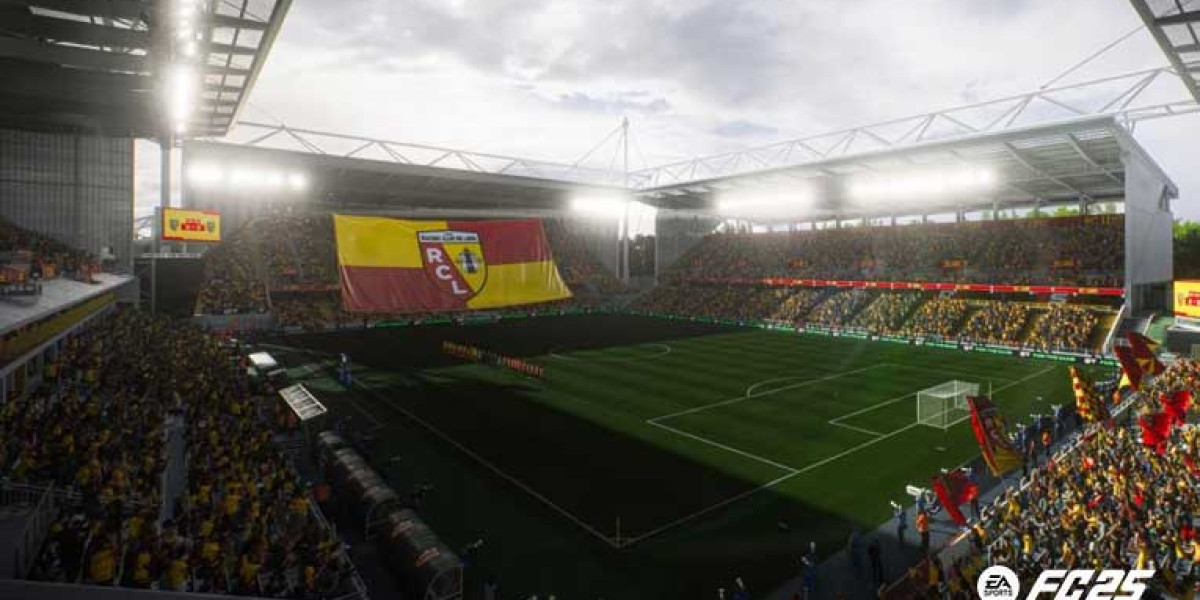Replacing windows in your home is a significant investment that can enhance both the aesthetic appeal and energy efficiency of your property. If you're considering upgrading your old windows or simply want to improve your home's insulation, understanding the window replacement process is essential. This article will guide you through the key aspects of window replacement, including the benefits, types of windows, the replacement process, and maintenance tips.
Benefits of Window Replacement
One of the primary reasons homeowners choose to replace their windows is to improve energy efficiency. Older windows can be drafty, causing your energy bills to rise. By replacing them with modern, energy-efficient windows, you can significantly reduce your energy consumption and save money in the long run.

Additionally, new windows can enhance the comfort of your home. With modern windows, you can enjoy a more stable indoor climate. This is particularly important during extreme weather conditions, as new windows can provide better insulation.
Another advantage of window replacement is the boost in curb appeal. Fresh windows can give your home a modern and inviting appearance. This not only makes your home more enjoyable to live in, but it can also increase its resale value.
Types of Windows
When it comes to window replacement, there are several types of windows to choose from, each with its own unique features and benefits. Here are some popular options:
- Double-Hung Windows: These windows feature two sashes that slide up and down, allowing for ventilation from both the top and bottom. Double-hung windows are popular for their traditional appearance and ease of use.
- Casement Windows: They open outward, providing excellent ventilation and unobstructed views. They are ideal for hard-to-reach areas and can be easily operated with a crank.
- Sliding Windows: These windows feature sashes that move side to side. They are easy to operate and require minimal maintenance.
- Awning Windows: Hinged at the top, awning windows open outward from the bottom. They can be combined with other window types for added design flexibility.
- Picture Windows: Picture windows are stationary and offer expansive views of the outdoors. They can be paired with operable windows for ventilation.
The Window Replacement Process
The window replacement process can be broken down into several key steps:
- Assessment: Begin by assessing your current windows. Look for signs of damage, drafts, or condensation between the panes.
- Choosing New Windows: Once you've determined the need for replacement, research the types of windows available.
- Selecting a Contractor: It's important to hire a qualified professional for the installation. Look for reviews, ask for recommendations, and ensure they are licensed and insured.
- Installation: The contractor will begin by taking out the old windows and then placing the new ones in the openings. Proper installation is key to ensuring energy efficiency and preventing future issues.
- Finishing Touches: After installation, the contractor will apply trim and insulation to ensure a tight seal.
Maintenance Tips
To ensure your new windows last for many years, regular maintenance is essential. Consider these maintenance tips to prolong the life of your windows:
- Clean Regularly: Keep your windows clean by washing the glass and frames.
- Inspect Seals: Check the seals around your windows for any signs of wear or damage.
- Lubricate Moving Parts: Regular lubrication will prevent sticking and ensure easy operation.
- Address Issues Promptly: If you notice any problems, such as drafts or condensation, address them immediately.


